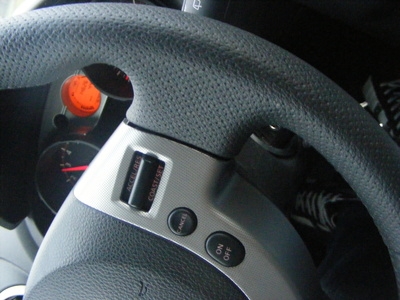
Depending on the year, make and model of your vehicle, it may have two or three power steering components. The slower that the vehicle is moving, the more resistance you have with manual steering. Power steering reduces the resistance no matter what speed you are traveling, even if you are creeping along. Whether you have a recirculating ball or rack and pinion steering system, the power steering aspect of the system works essentially the same way.
Power steering pumps have different sizes and shapes for different vehicles, but they all serve the same purpose. The power steering fluid gets circulated through the power steering high-pressure hose to the gearbox, then cycled back to its reservoir by the return hose. Some pumps cannot be separated from the reservoir and come as one piece. Some, especially, pumps on newer cars, can be replaced without replacing the reservoir.
The power steering gearbox is used in vehicles that do not have rack and pinion steering. The power steering pump pumps high pressure fluid to the gear box. There is a "nut" inside the gear box, which is attached to a long screw (torsion bar and rotary valve system). The fluid forces the nut to move along the screw as you steer. The nut makes the sector, which is attached to the pitman arm, move, thus removing a lot of the friction caused by the weight of a heavy vehicle on the road. The power steering fluid is returned to the reservoir on the power steering pump via the return hose.
The rack and pinion works under the same principle as the gear box, using a long screw-type mechanism and a "nut." The power steering pumps fluid under high pressure to the rack and pinion's steering mechanism. The power steering fluid pushes left or right, depending on how you are turning the steering wheel, then it travels through the rack and pinion and up the return hose and back into the power steering reservoir.